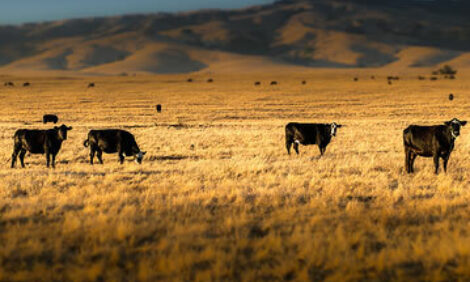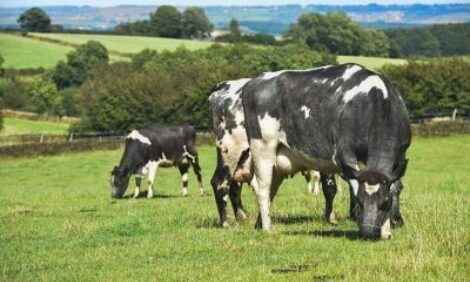



Is Ireland Ready For More Milk?
Utilise futures markets to protect against volatility and plan borrowing and investments, advises Liam Fenton of FC Stone.The European dairy market has fundamentally changed as a result of changes to the Common Agricultural policy. One of the adverse effects of this is the volatility, which we have seen in the prices of agricultural commodities.
This is a pattern we have seen in other Dairy markets before, and unless we see a return to CAP this is not going away. The positive side of this reform of CAP is that it presents a tremendous opportunity for Ireland to expand production and capitalise on what we do best “grow grass”!
It is also our view that taking in to account demographics and expansion of middle class population in BRIC countries, dairy is the commodity that will have issues increasing supply to cope with demand. Ireland has the capacity to increase production but from our perspective this is going to take a lot of Investment with everybody along the supply chain.
The companies that are going to contract and consume this product. The processors of this milk, in the form of new driers and production facilities. The farmers producing this extra milk in the form of more cows, slurry spreader’s, slatted sheds.
At farm level, this time last year we had just come off two years of good grass growing conditions, increasing milk prices up to 34 cents a litre. The press was talking about a 50 per cent increase in production by 2020.
The natural instinct is to go out and invest to increase production. For the majority of farmers in this situation this investment is going to be done on borrowed money.
Six months later, we had a perfect storm. Grass did not grow and grain prices were through the roof while the price of milk is collapsed. Suddenly we had gone from a situation where we had borrowed to invest to where we are trying to borrow to stay in business with no guarantees of any improvement next year.
How can we cope with this volatility? Well the good news is that there are tools to cope with these uncertainties that have been used in other agricultural markets for over a hundred years. These ?nancial tools help us cope with the price volatility so no matter where your place is in the supply chain if you have ?nancial exposure to an adverse price movement then you can hedge this risk.
This enables the farmer when he is planning on borrowing for future investments create some certainty as to regards both his inputs and his outputs. So as in my example above where the farmer would have been able to secure the price of 20 per cent of his production for the next two years at 34 cents a litre.
They allow processors to hedge their future production from a price perspective and enable them raise ?nance to expand this production.
INTL FCStone started originally as a Co-Operative, in the mid west of America, formed by 550 other Co-Ops to develop for their farmers and their customers and indeed the Co-Op itself in ways of managing price risk and educating the supply chain on these tools.
We have now started to develop a similar role for ourselves here in Europe and at Teagasc National Dairy conference we would like to take the opportunity to explain how these tools work and how they can be adopted to take an important part in the growth of the Irish Dairy industry.


